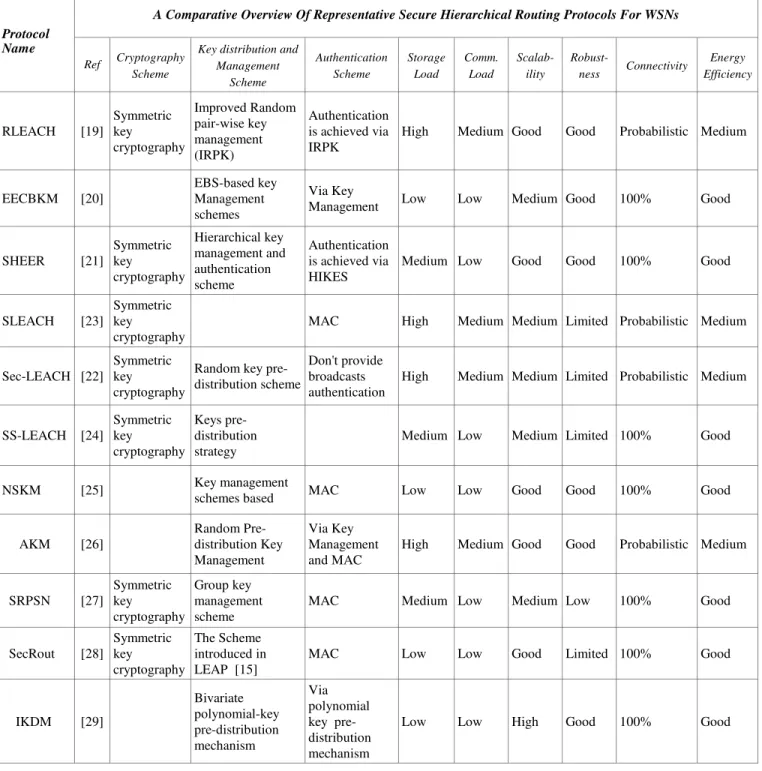An Advanced Survey on Secure Energy-Efficient Hierarchical Routing Protocols in Wireless Sensor Networks
Texto
Imagem
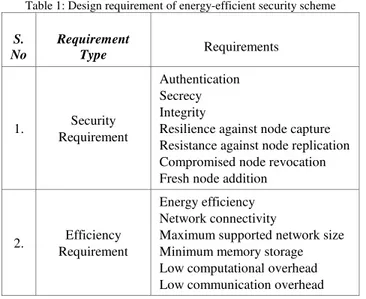
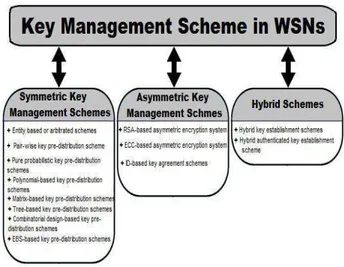
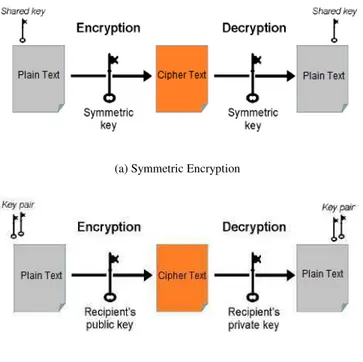
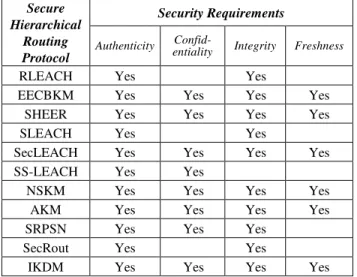
Documentos relacionados
As seen from the simulation results in LEACH R, transmissions to the base station (high energy), takes place only from the R nodes which are selected from
This paper contains a survey, relative study and analysis of existing clock synchronization protocols for wireless sensor networks, based on a various factors that include
Earlier on-demand routing protocols[3,4,5,6,7] were based on flooding the routing packets in all directions irrespective of the location of the destination node, resulting
In this paper, we will review the routing protocol in delay tolerant networks and compare the routing protocols that have been proposed specially for Vehicular Delay
This algorithm adjusts the cluster-head radius considering the residual energy and distance to the base station parameters of the sensor nodes.. This helps to
Data Centric Protocols: Sensor Protocol for information via negotiation like SPIN, COUGAR, Active query forwarding in sensor networks also called ACQUIRE, Sequential
The results are verified for the reactive routing protocols such as Dynamic Source Routing protocol (DSR) and Adhoc on demand distance vector routing protocol (AODV) and they
Routing is the critical issue in the MANET and focus based on routing protocols such as Ad hoc On-demand Distance Routing Protocol (AODV), Dynamic Source Routing (DSR),
